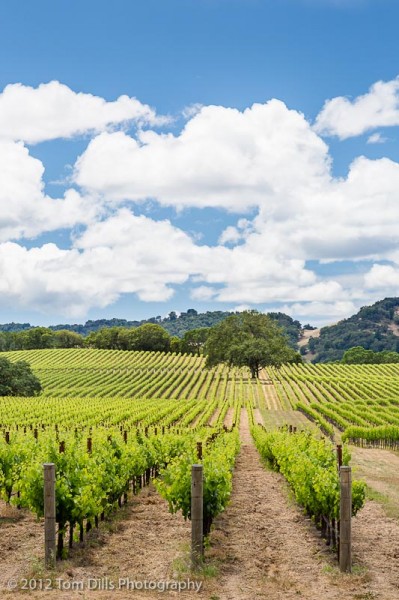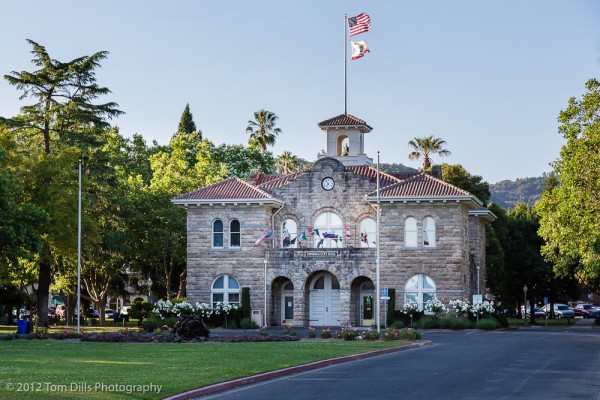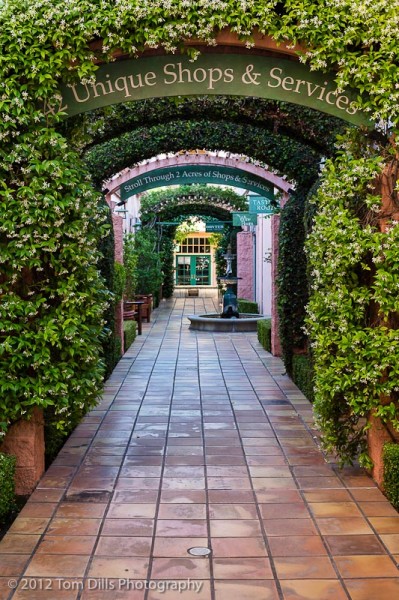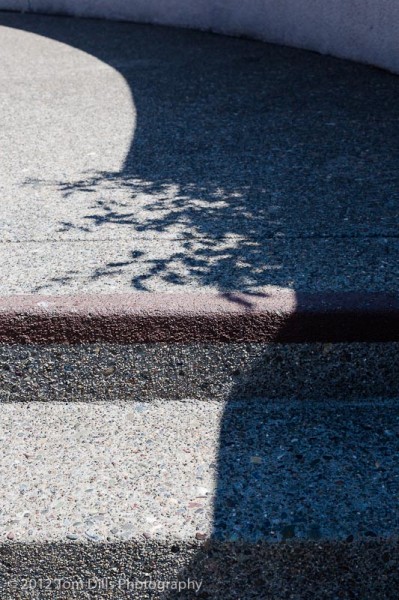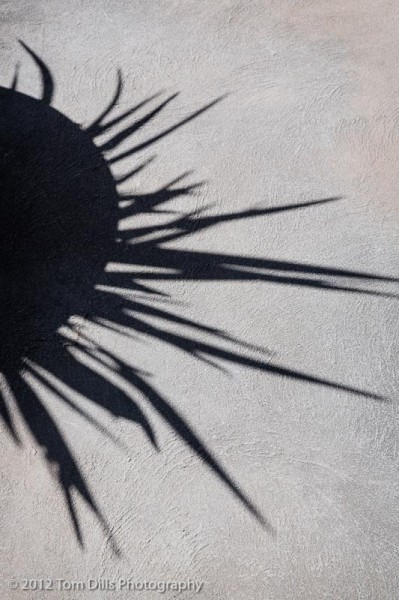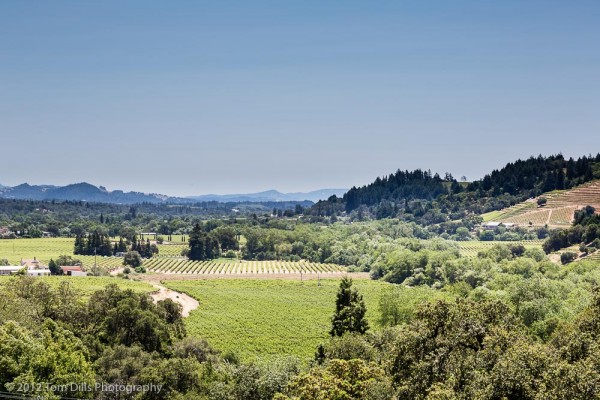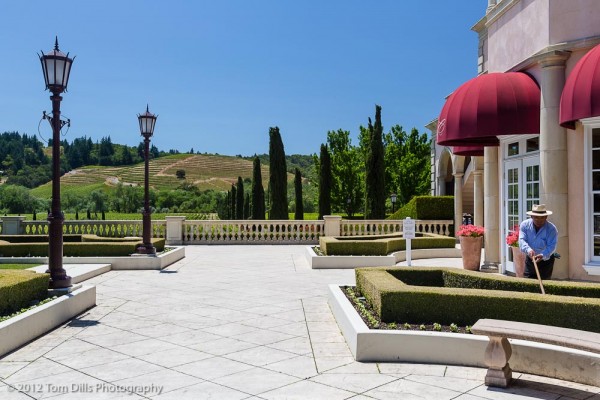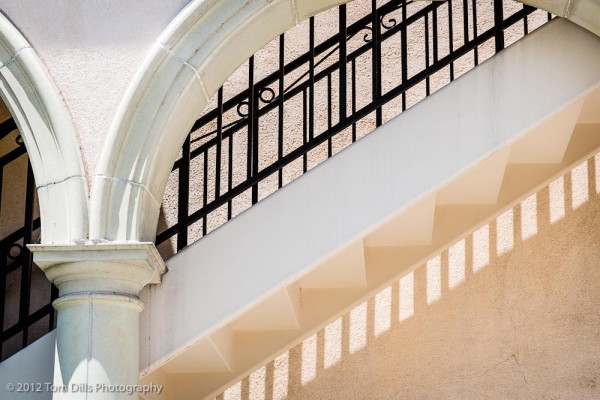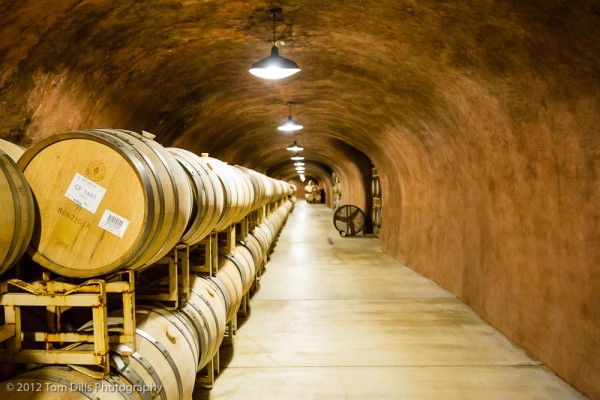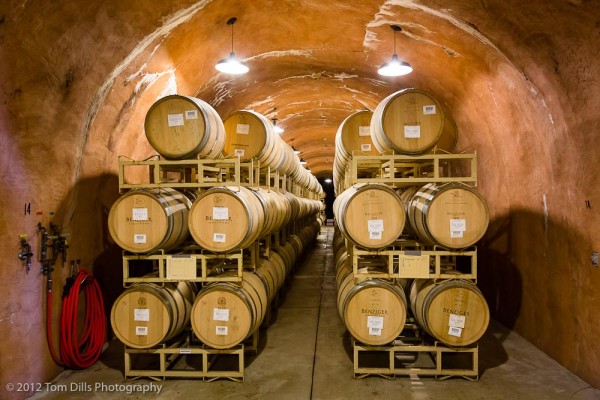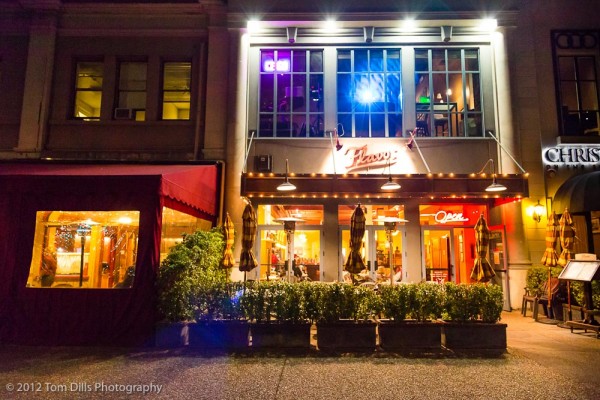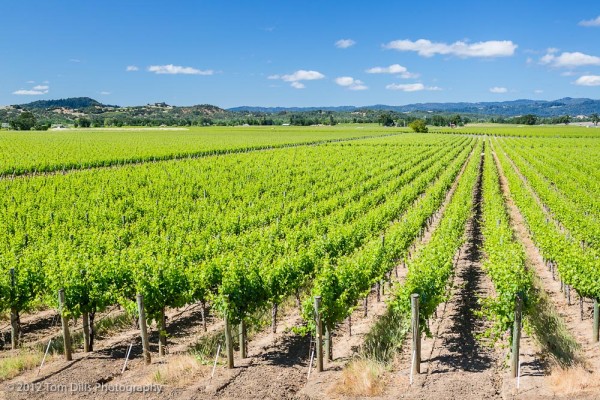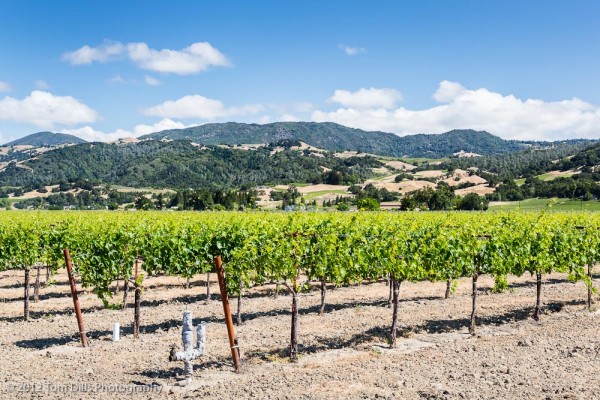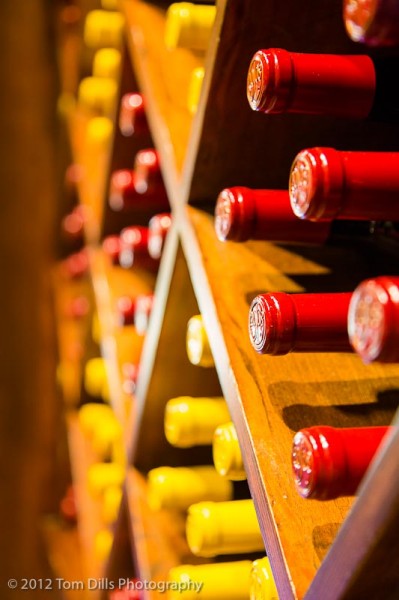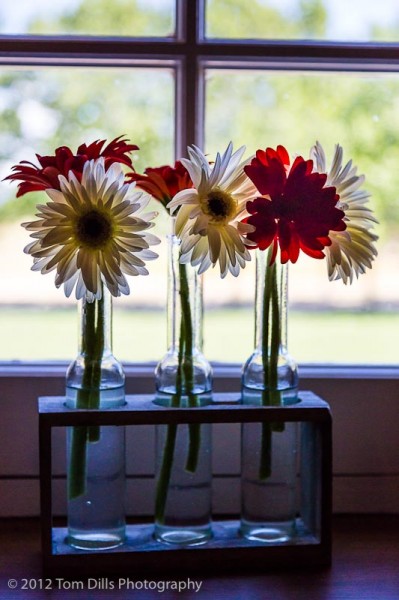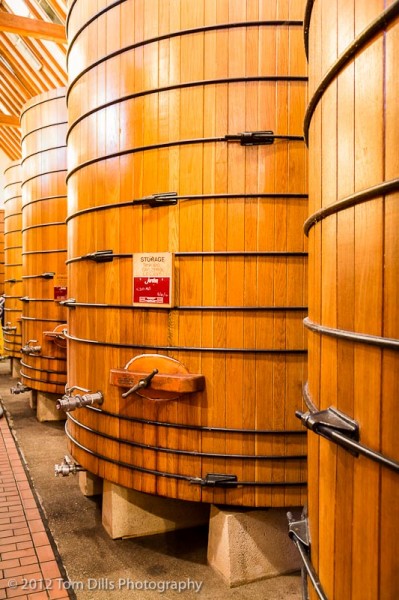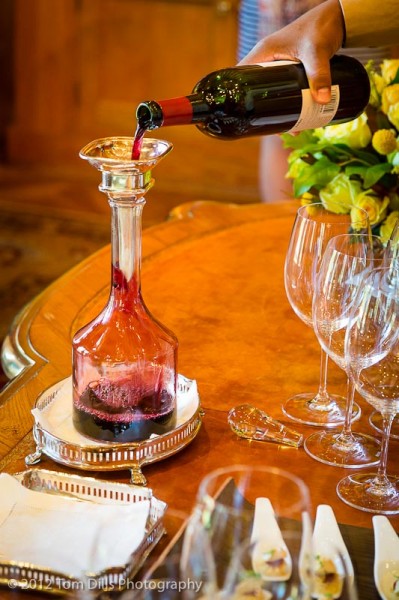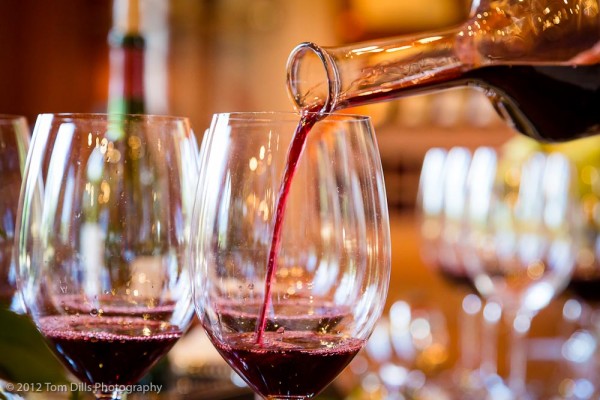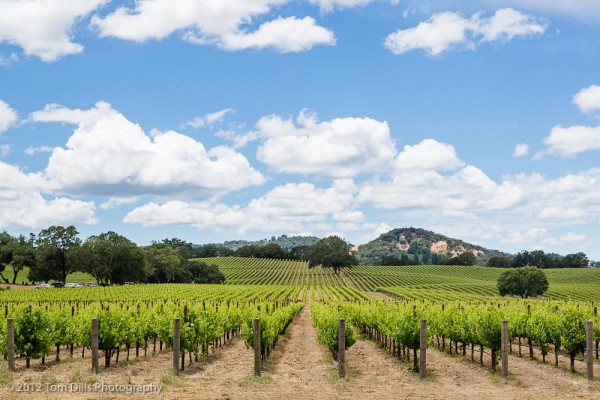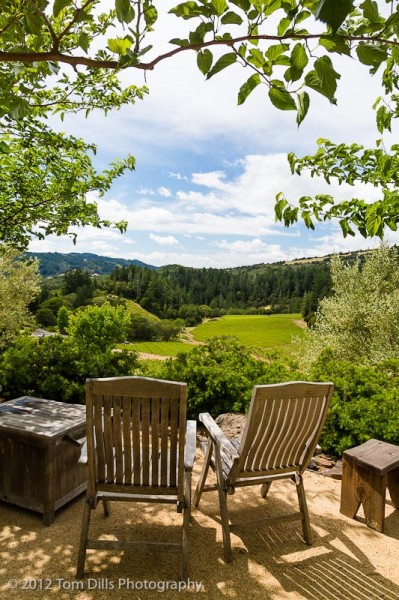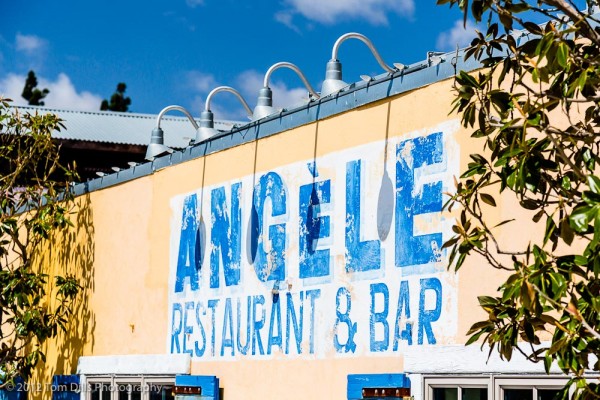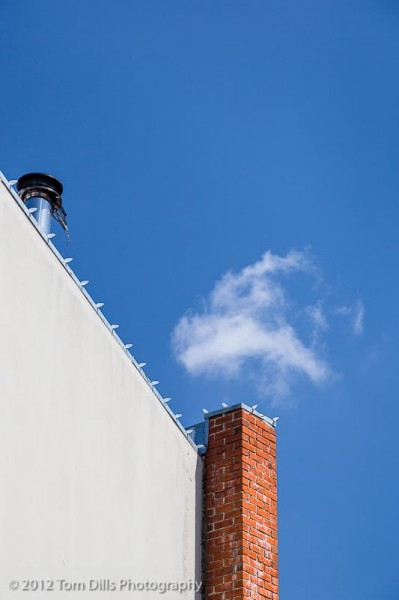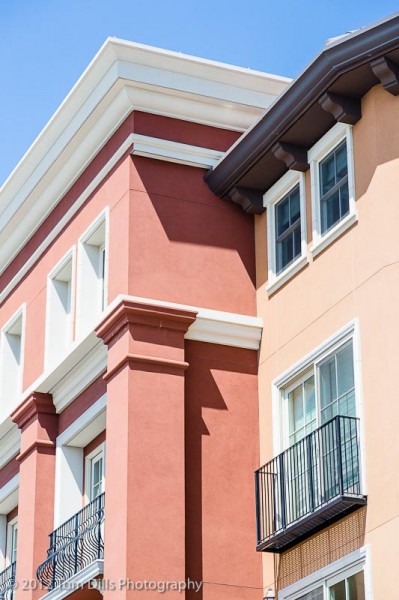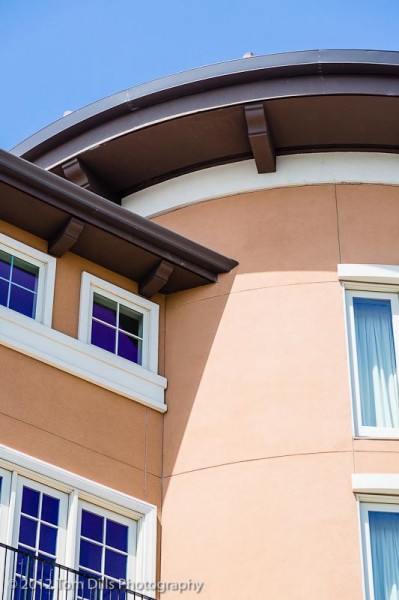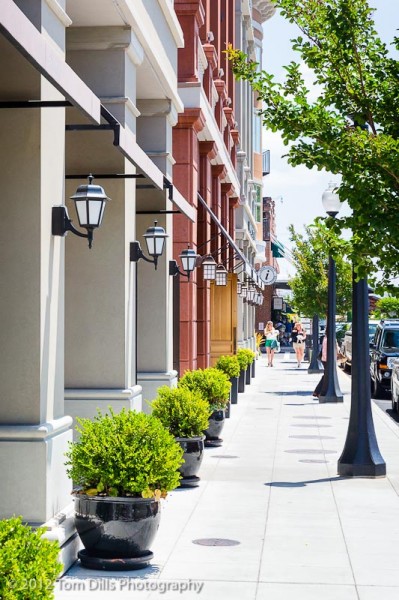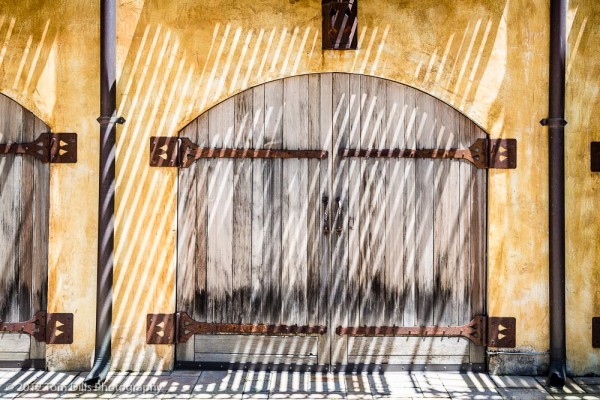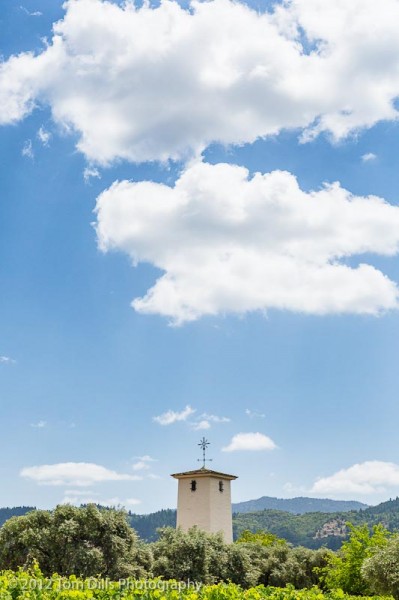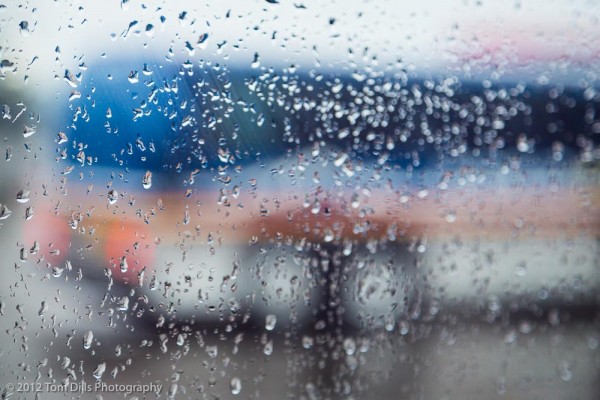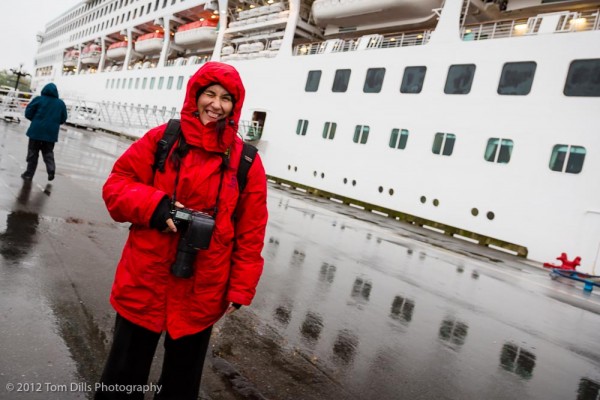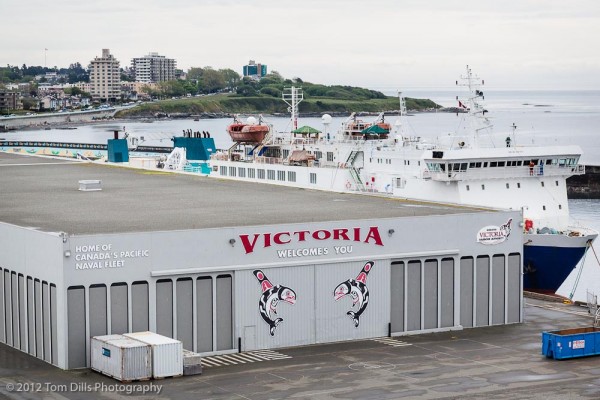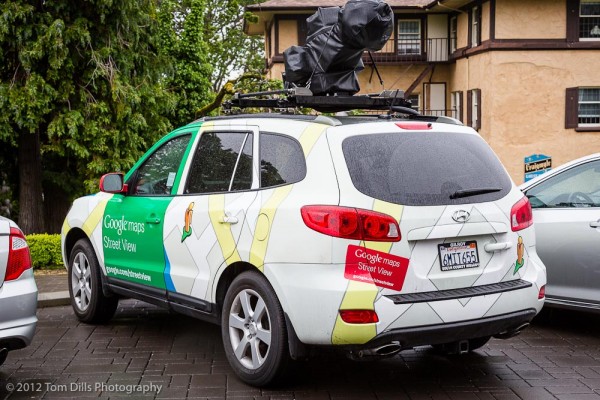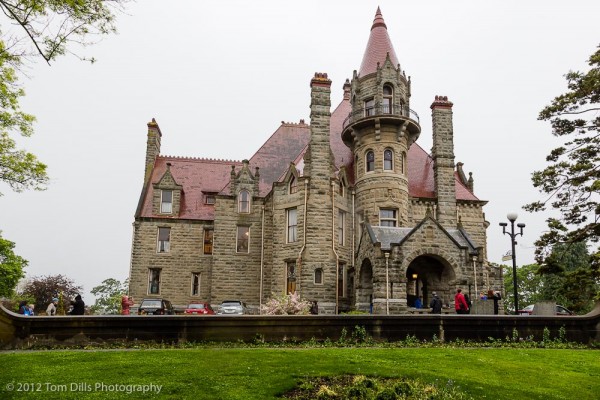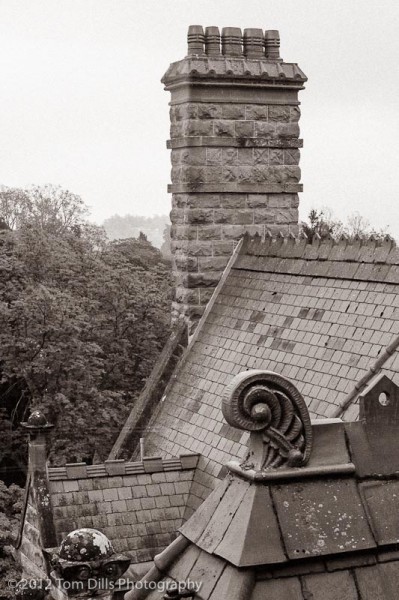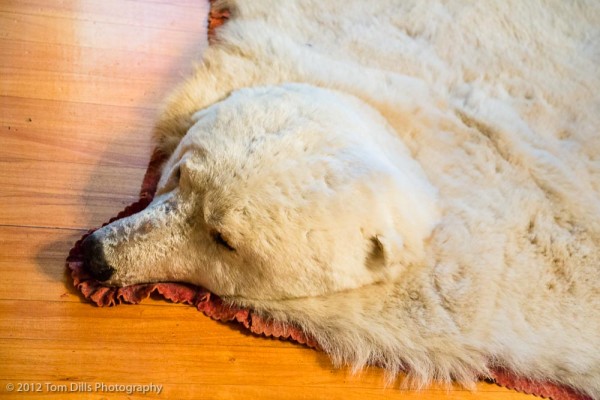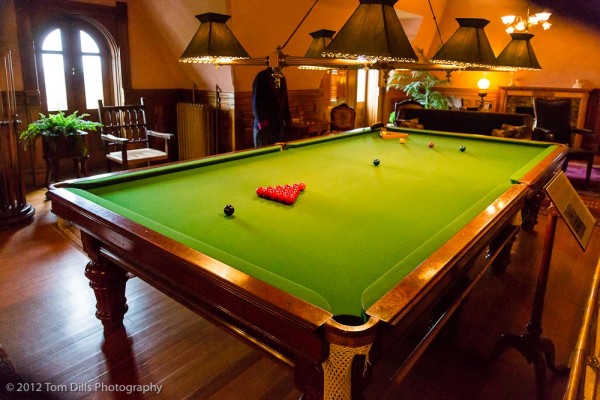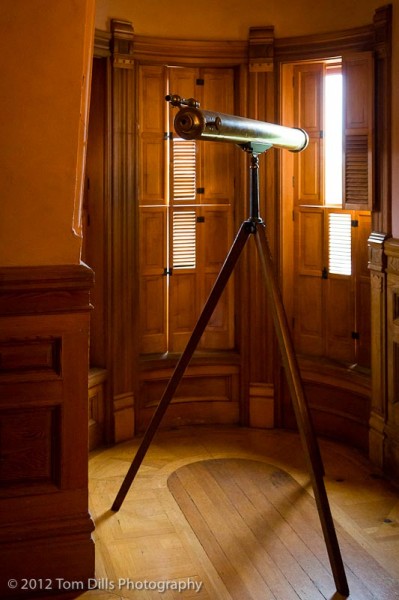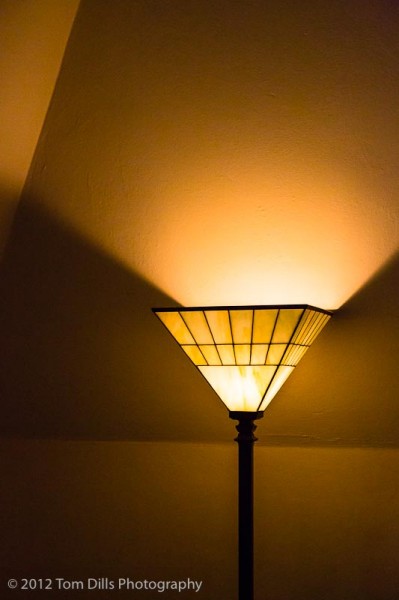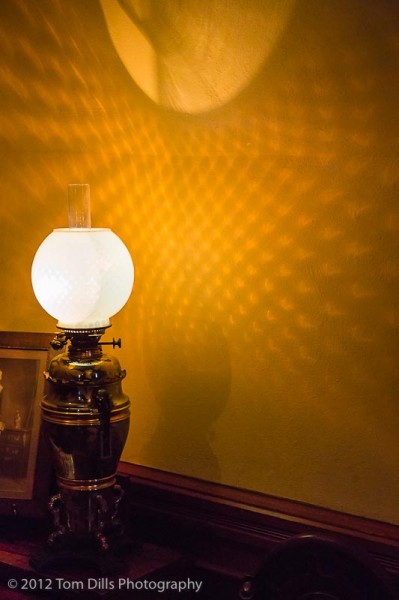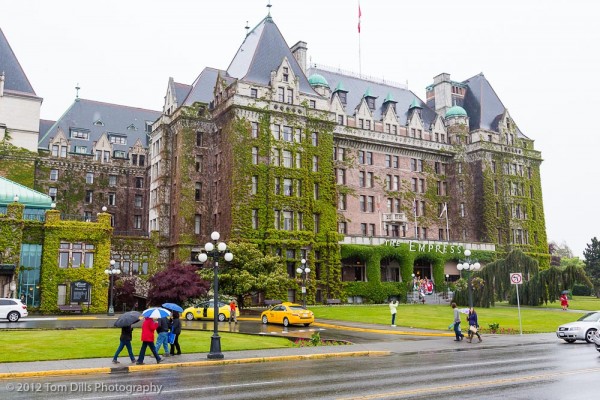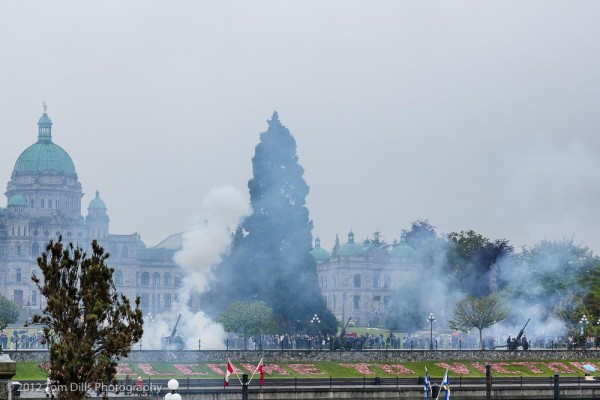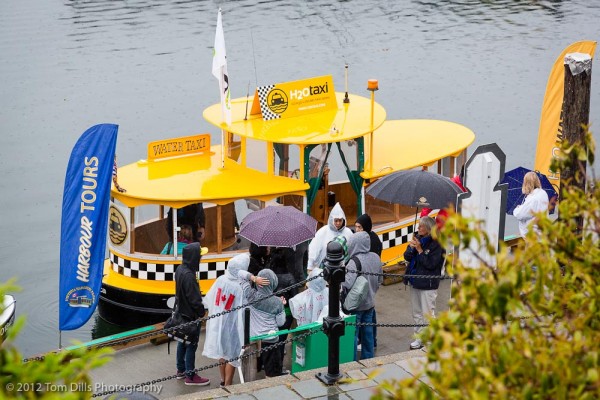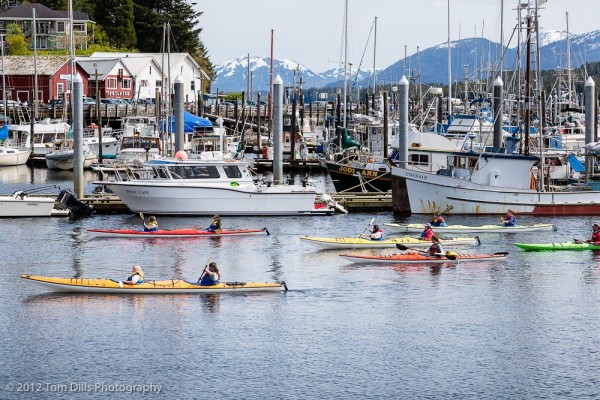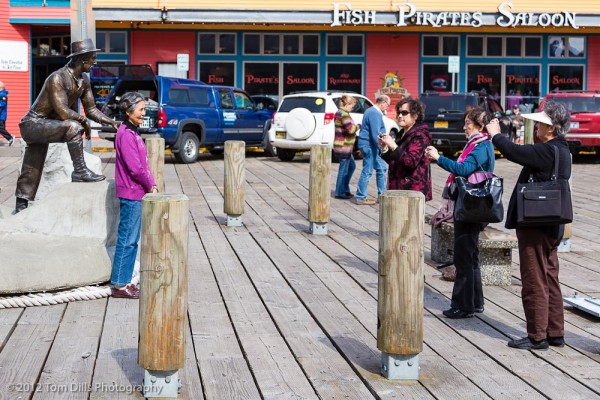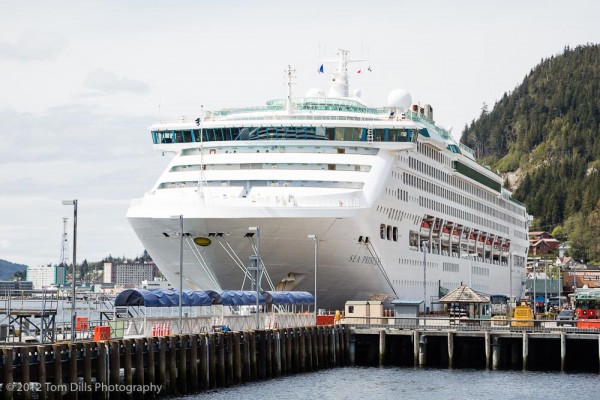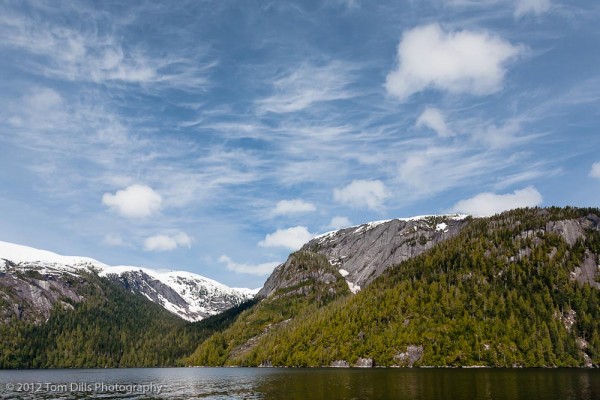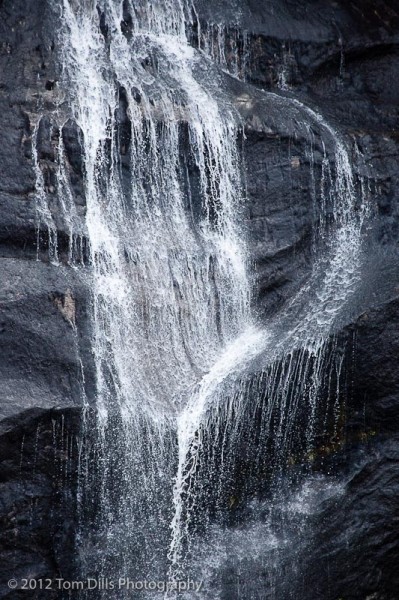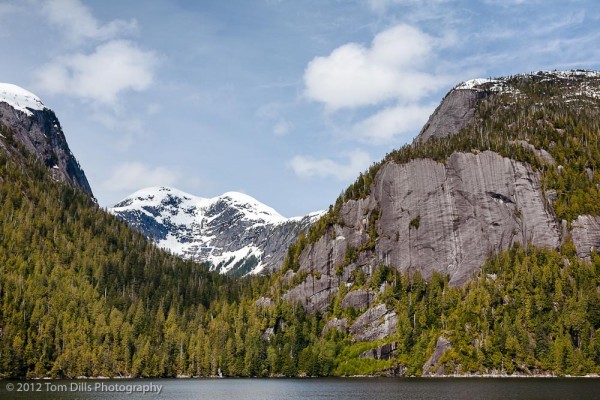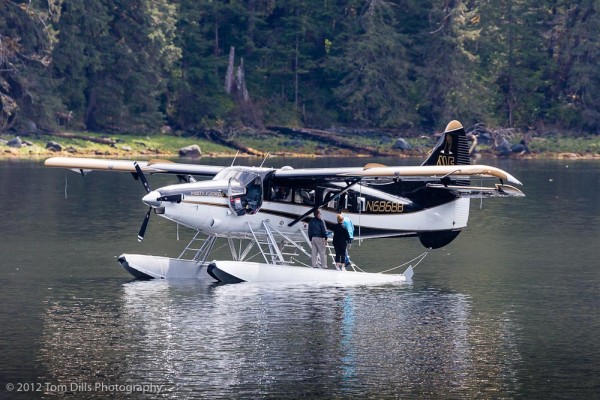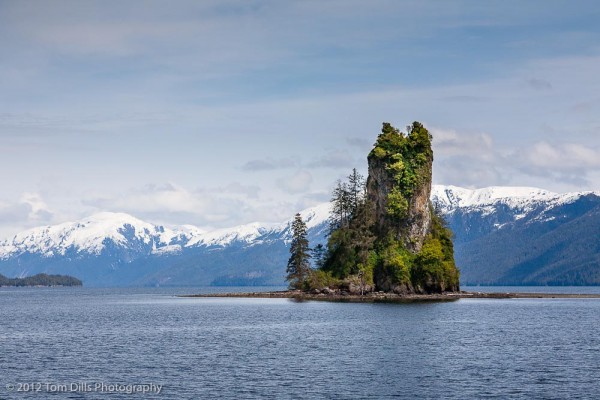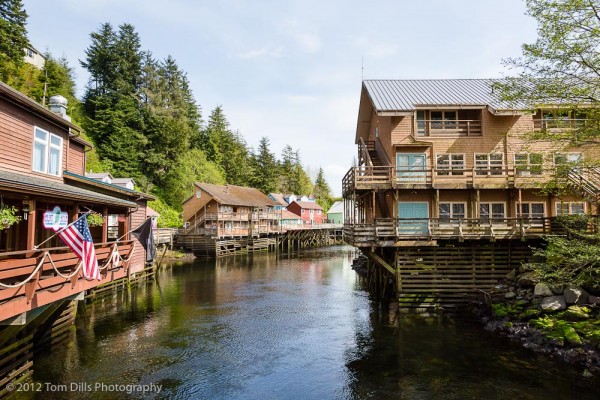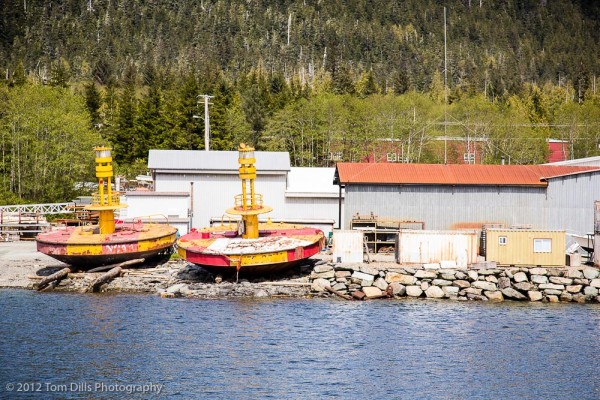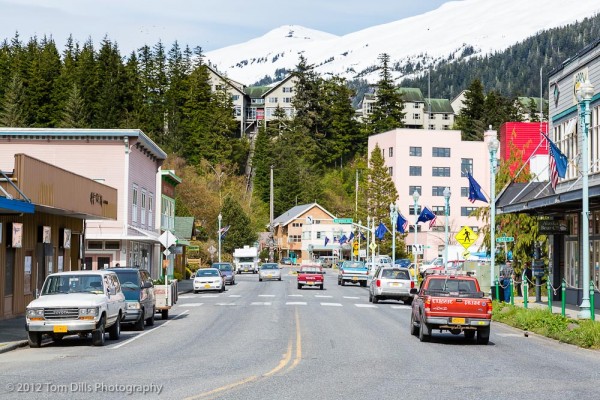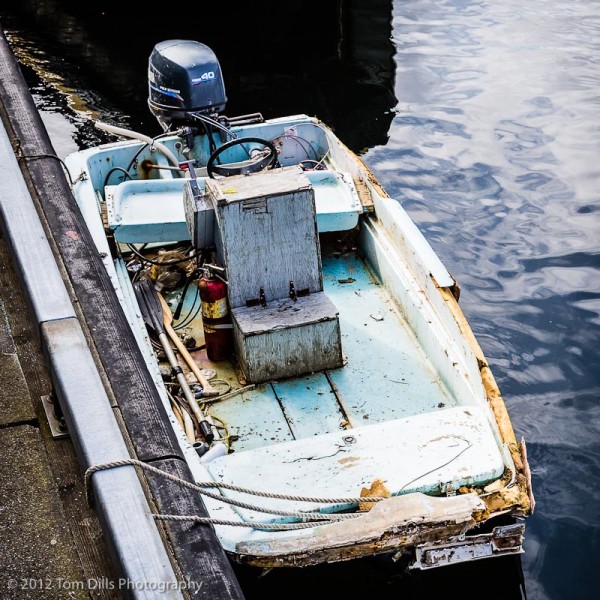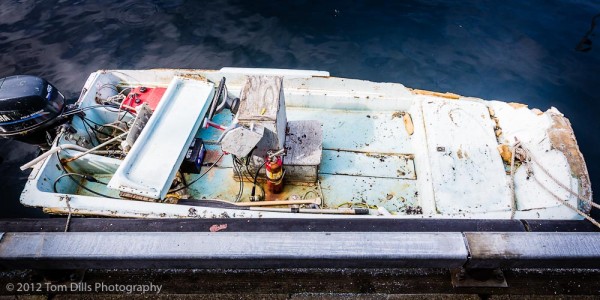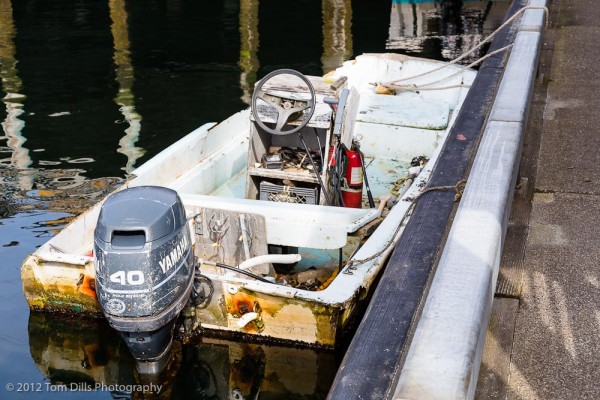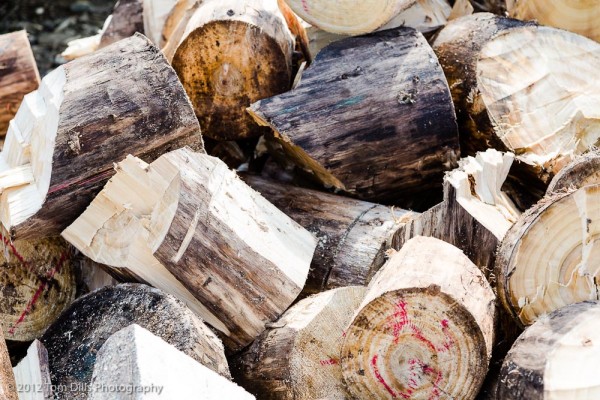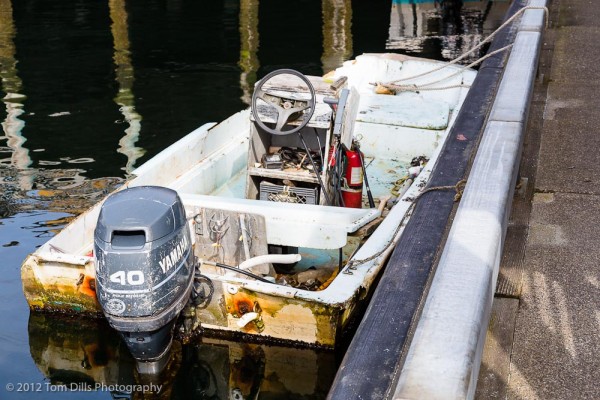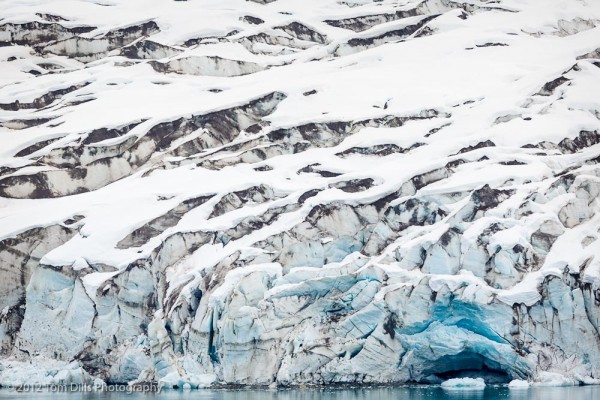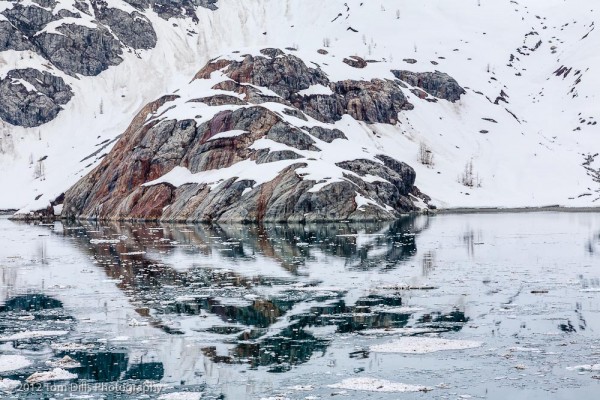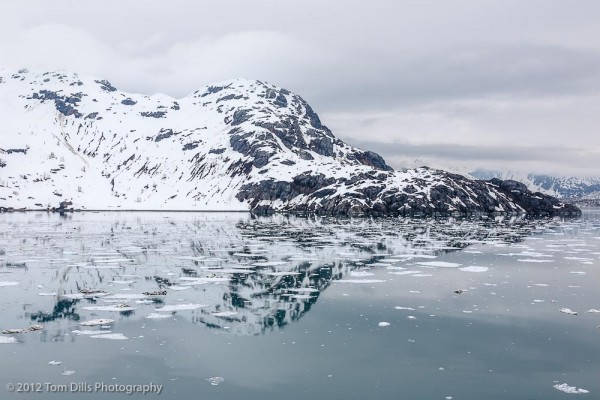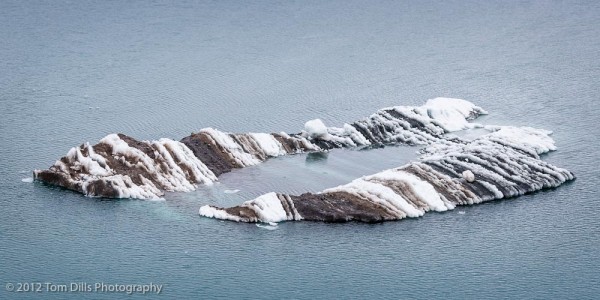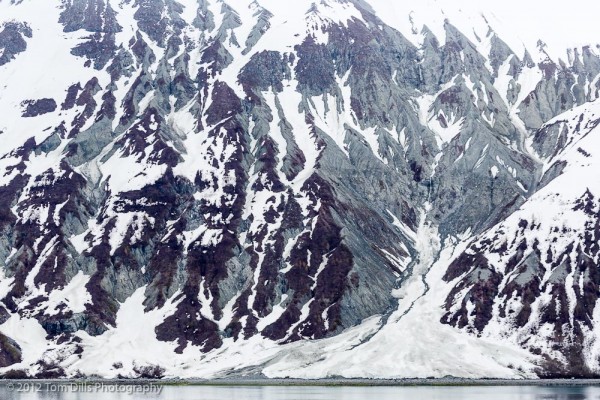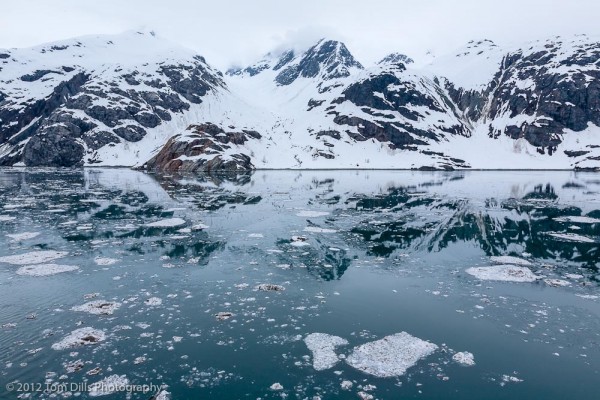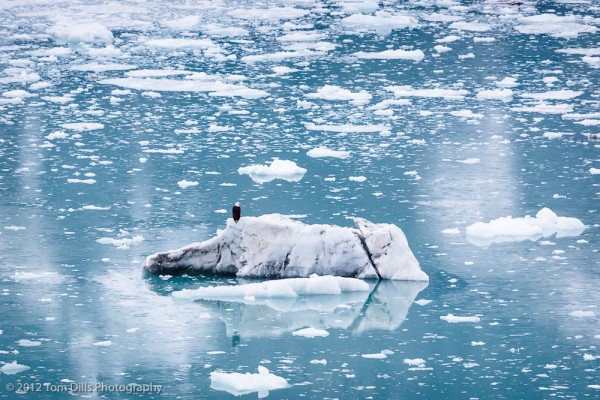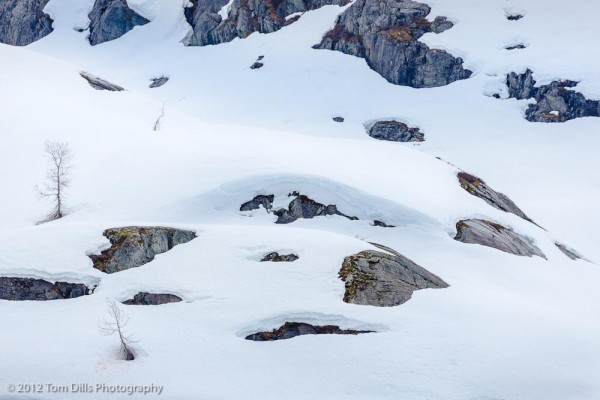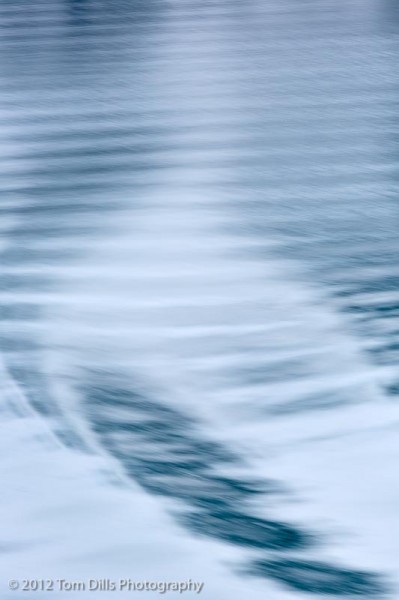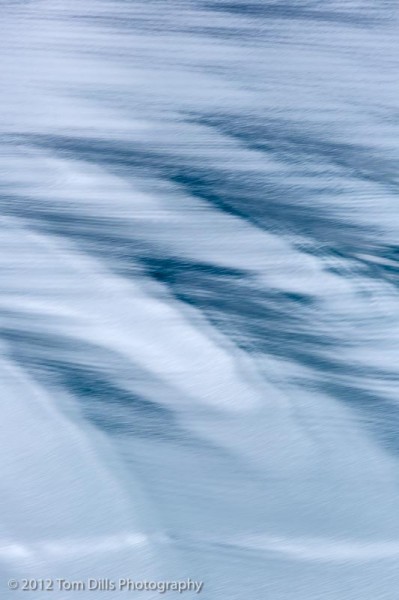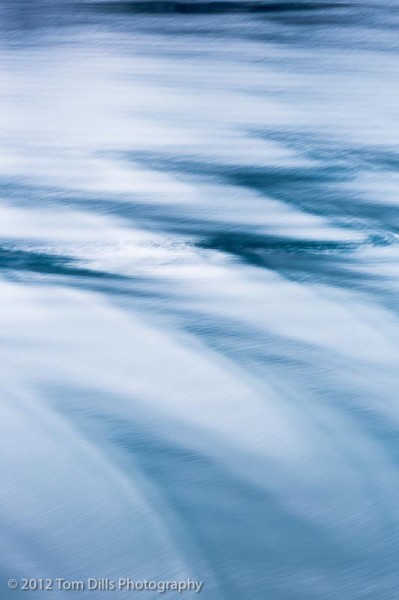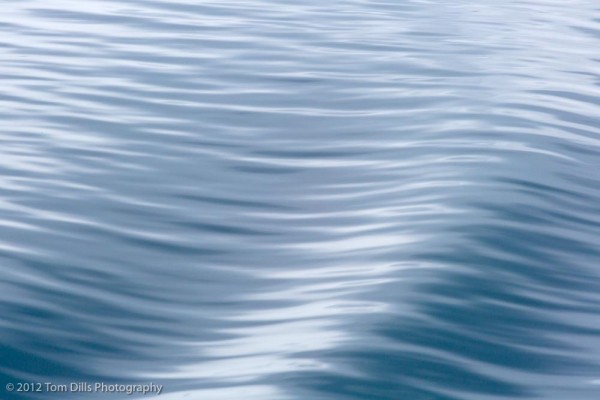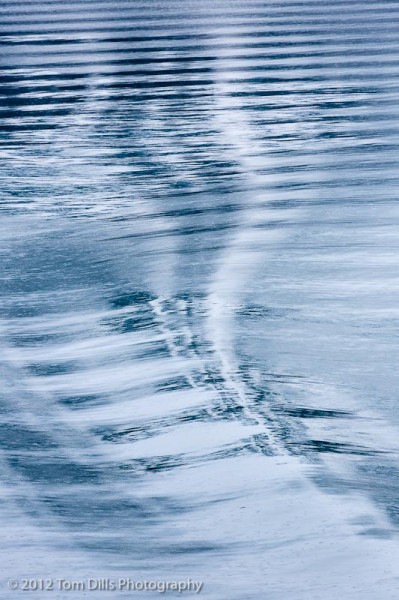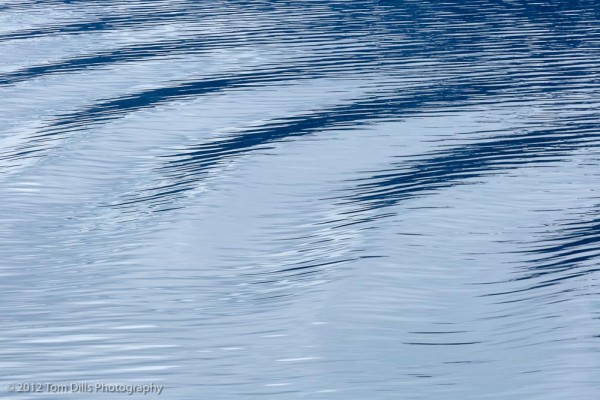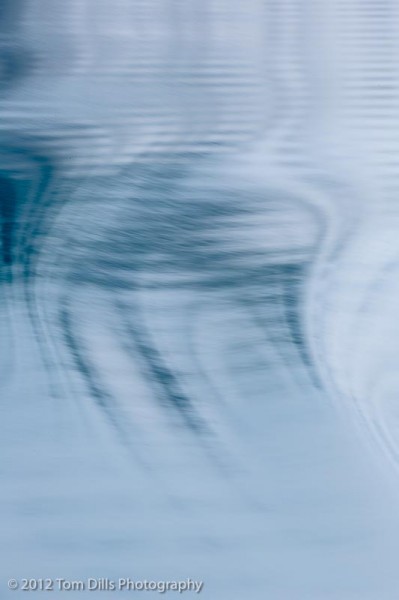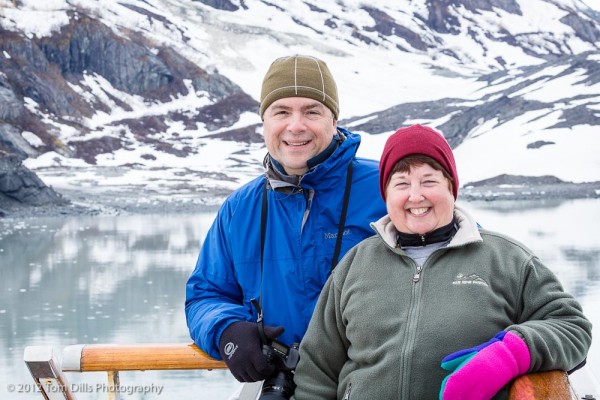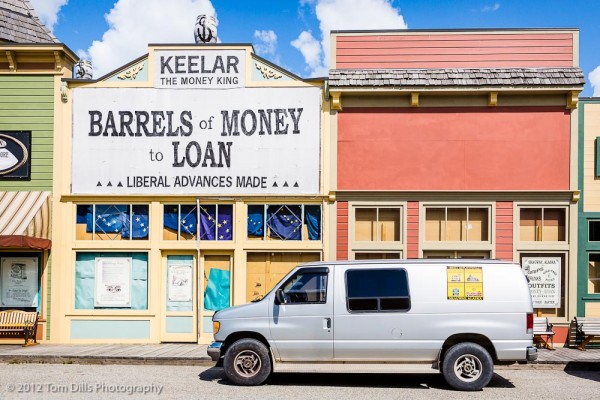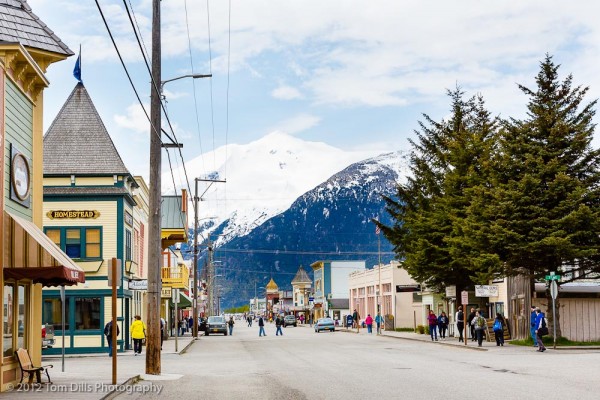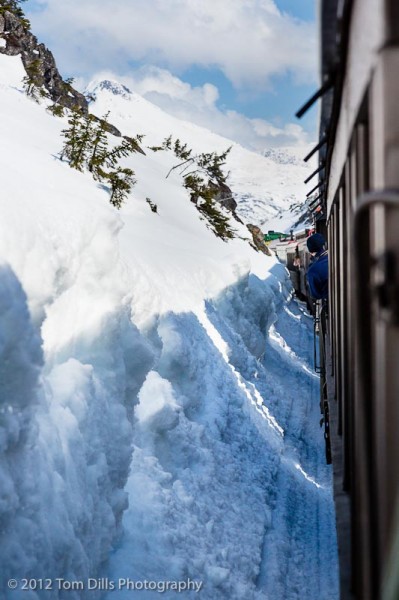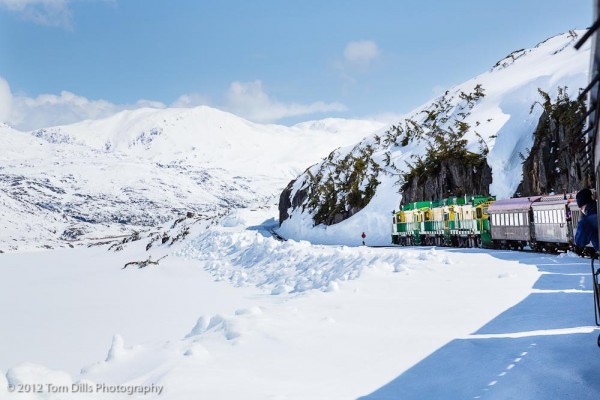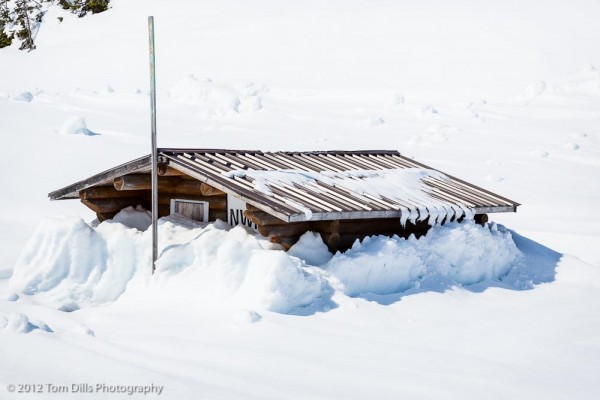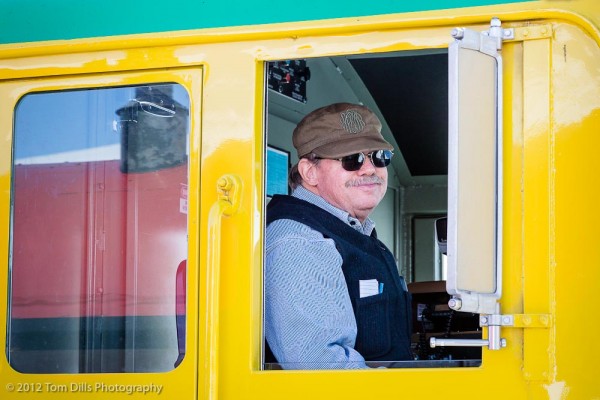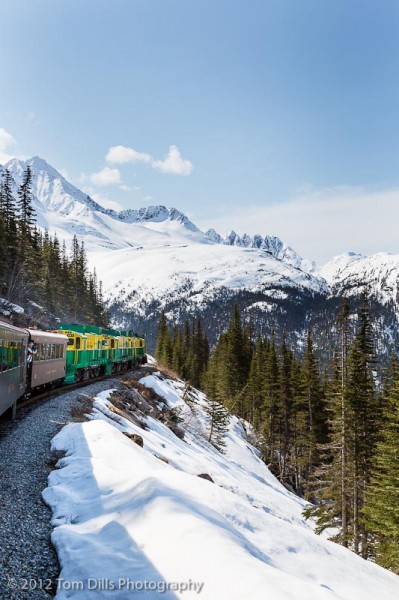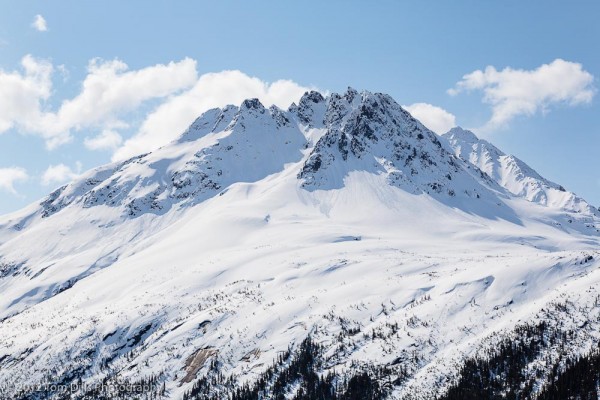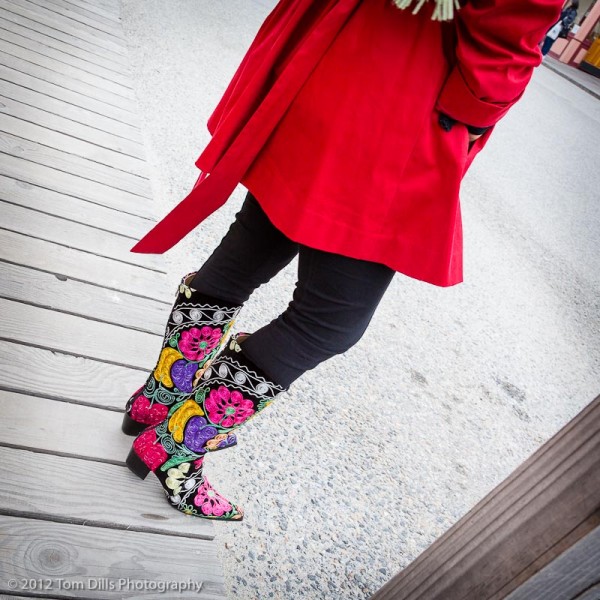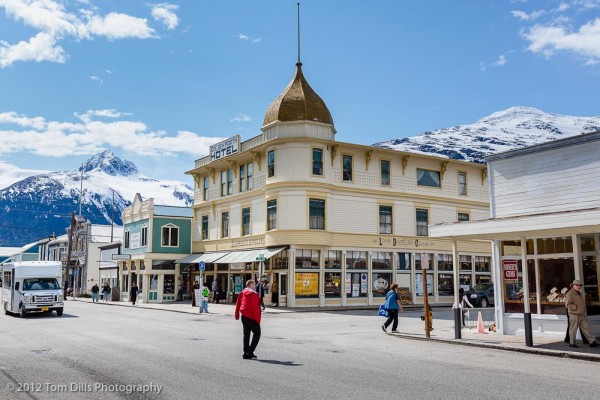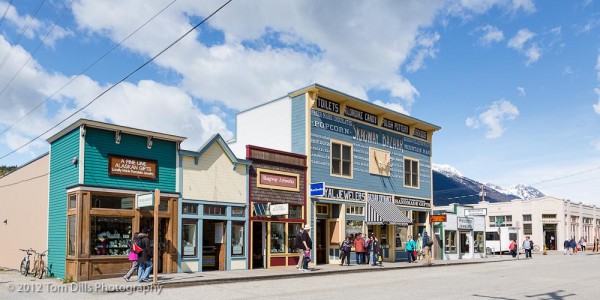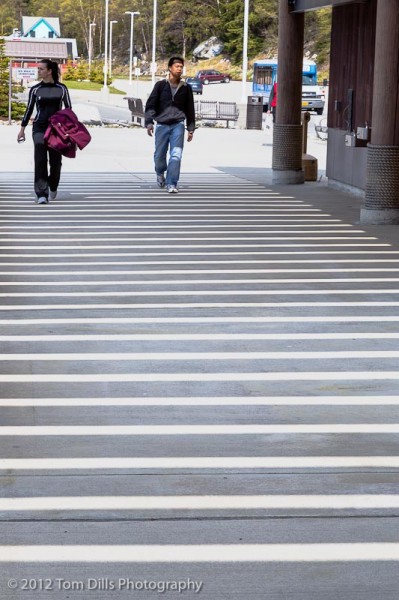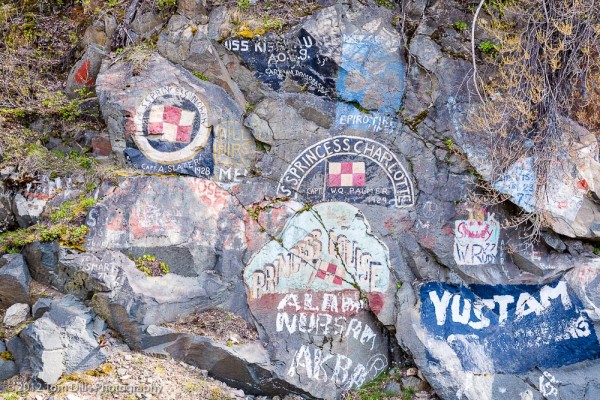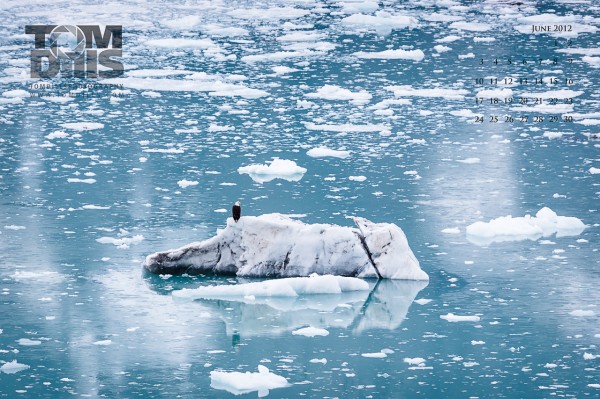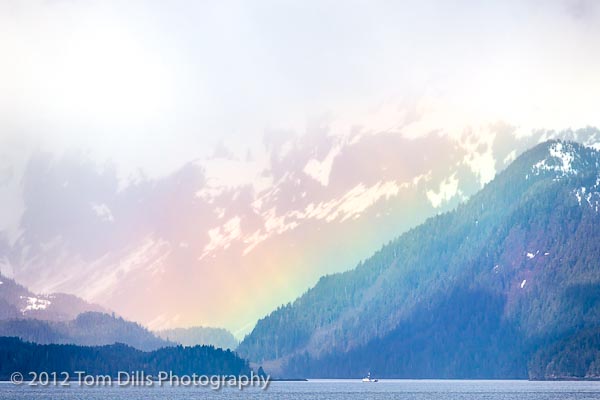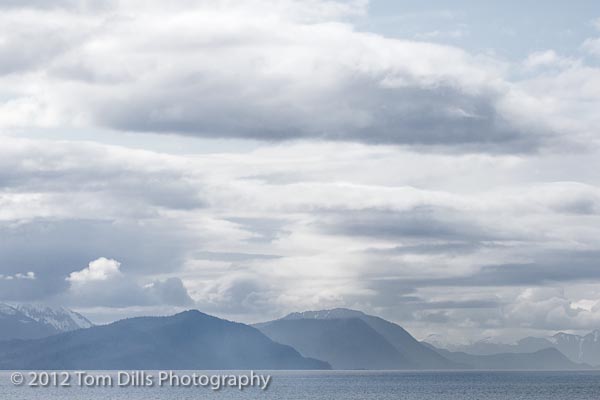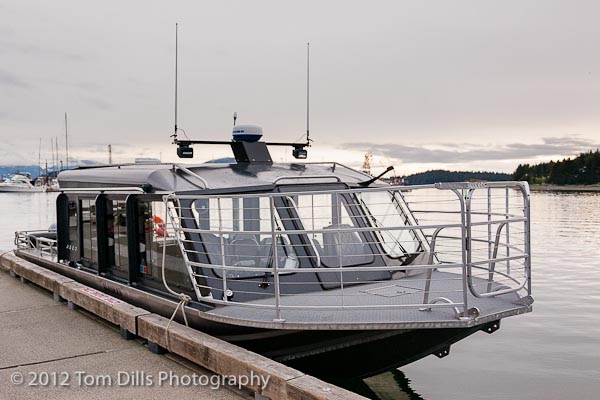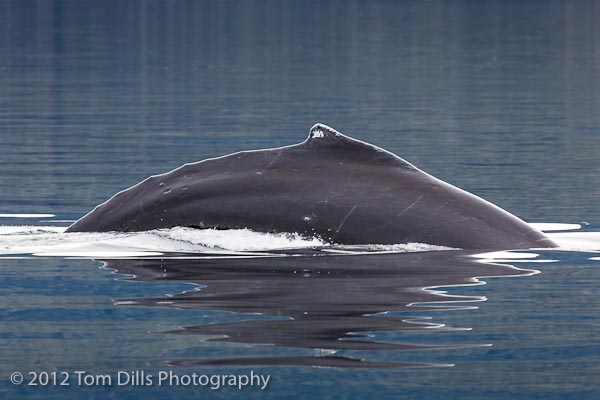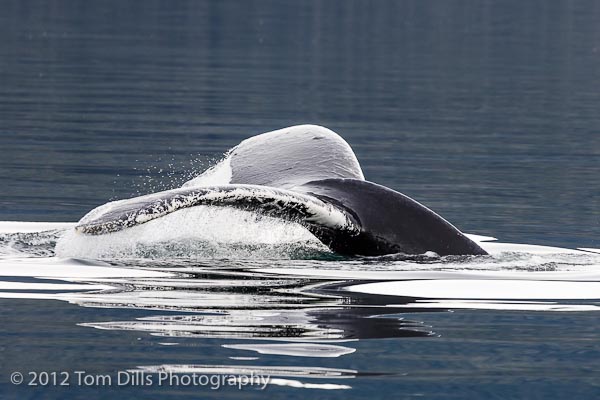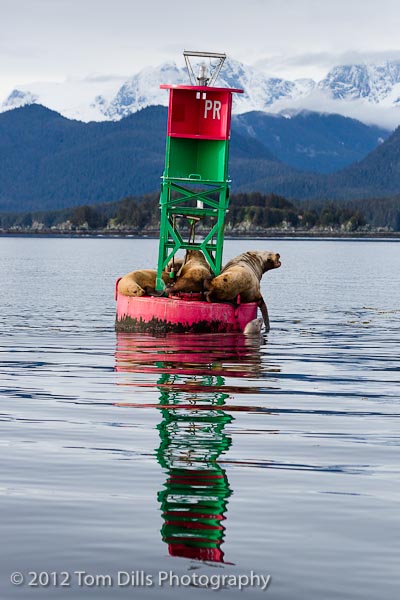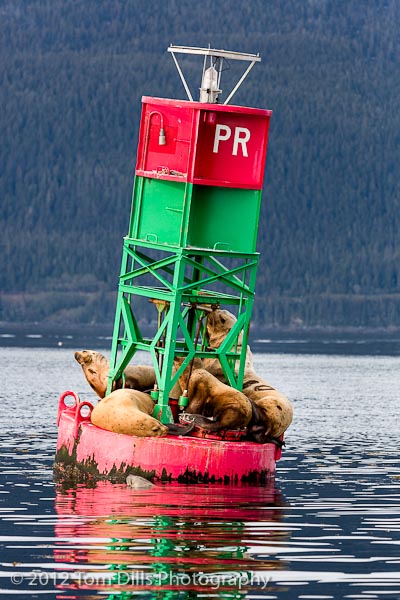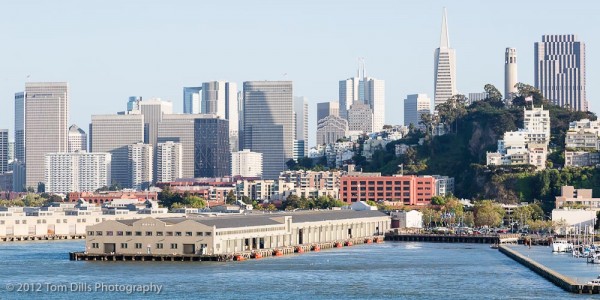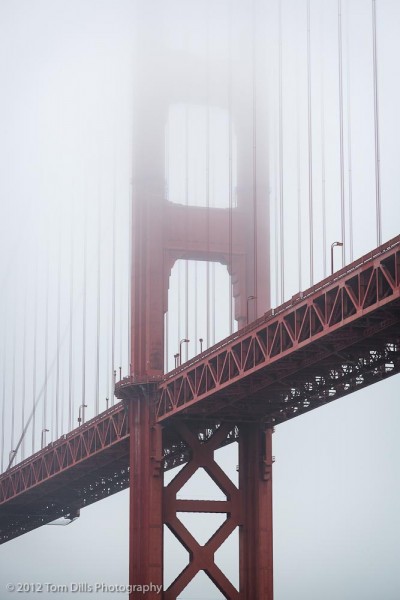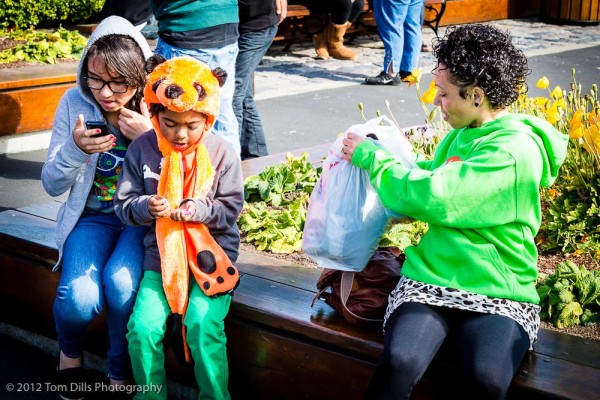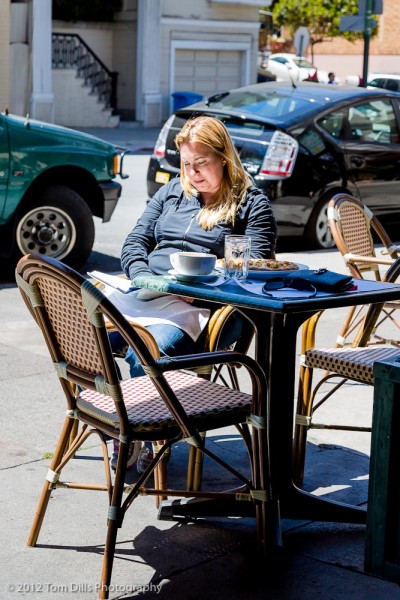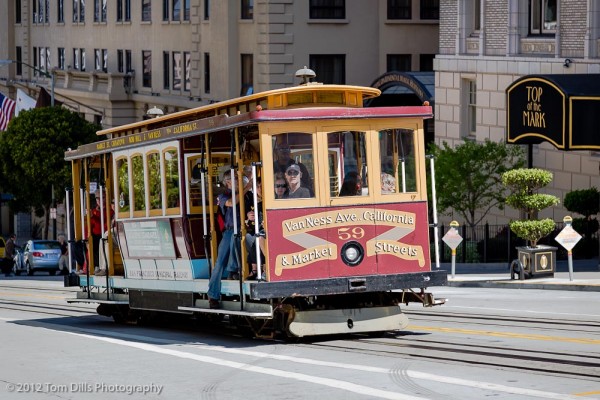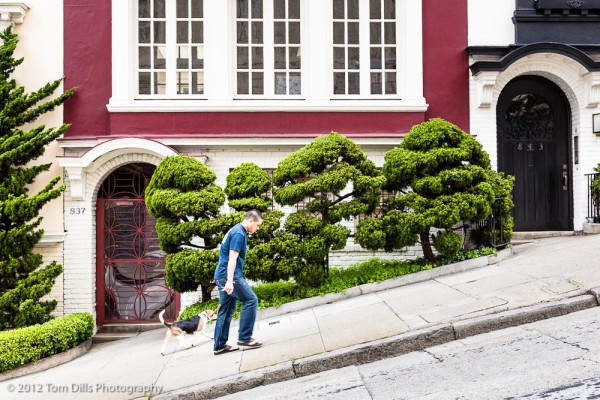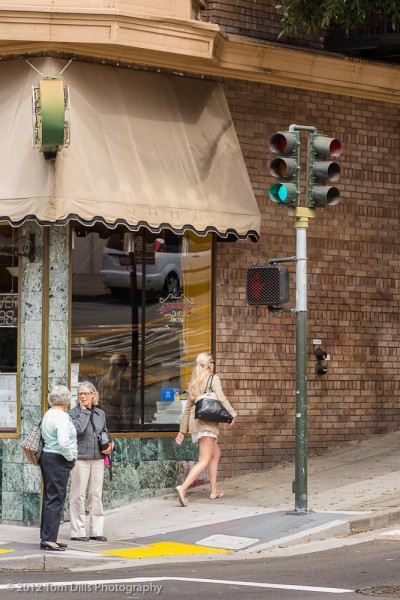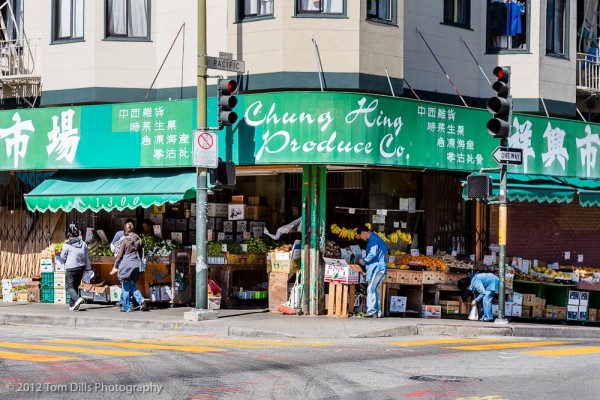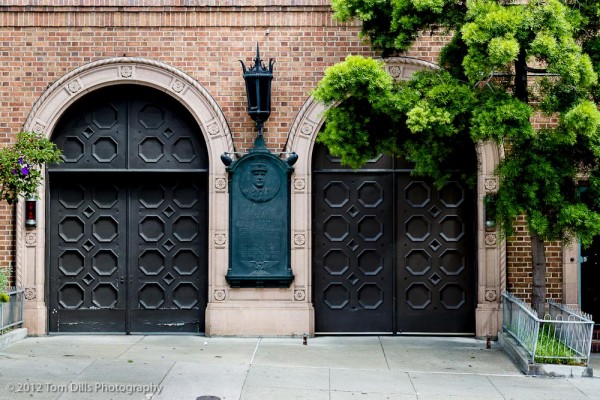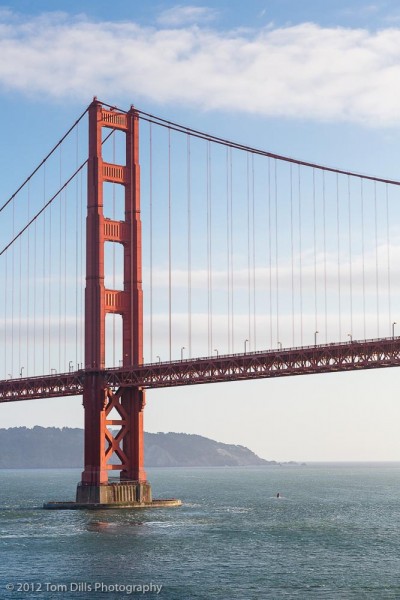This vacation was our first visit to California, so naturally our visit to California’s Wine Country was our first visit there as well. It was something we had been planning for a long, long time and as we sailed back to San Francisco from Alaska we were very anxious to get the next step of our vacation started!
Once we disembarked our cruise ship in San Francisco on Wednesday morning our first order of business was to get a taxi to the airport to pick up our rental car. This was sort of bass-ackwards as the airport was the opposite direction from where we wanted to go, but that turned out to be the cheapest place to rent a car. Plus we wanted to be able to drop the car off at the airport on our return as it was much more convenient. After an exciting ride with a Greek cab driver (You like my driving, no?”) we made it safely to the airport and navigated the rail system to the rental car desk. Soon we had our car and were back on the road.
We had Wednesday afternoon, all day Thursday, Friday and Saturday for our adventure, so we wanted to make the most of it. Our first order of business after crossing the Golden Gate Bridge was to locate Highway 1 and head toward the coast. Our intention was to stop at Muir Woods National Monument, but for some reason the place was packed – on a Wednesday! The main parking lot was full, the over flow parking was full, and the overflow for the overflow parking was full and people were parking on the road. We decided to drive on, and people were parked along the road for nearly a mile from the entrance. We hadn’t done any research ahead of time, so maybe the place is always that crowded. I’d sure hate to go there on a weekend if it is even busier. Amazing! We’ll have to do that another time.
After a brief stop at the Muir Beach overlook to get a view of the Pacific Ocean from the land side, we headed on North along Highway 1. What a view! Nothing like we get along the East Coast, that’s for sure. We stopped at a little restaurant in the town of Stinson Beach for lunch, then headed inland toward Santa Rosa, where our hotel was located.
We knew that with nearly 4 days, we would have plenty of time but we also knew that we had a lot to see. We also decided that we didn’t want to have a “death march” through wine country, although how hard is drinking wine, right? Seriously though, this was less about seeing how many wineries we could visit or how much wine we could drink and more about seeing the countryside, exploring side roads and having plenty of time to enjoy our time there.
We had started planning our visit several months in advance, and with the invaluable advice and assistance of our good friend Jon Dressler of Dressler’s Restaurants in Charlotte, we had arranged private tours of 4 wineries. Two of our tours were on Thursday and two were on Friday, with one tour each morning and one tour each afternoon. We purposely left Saturday completely open in order to see what else we wanted to do. As it turned out we used Saturday to visit Napa, as none of the wineries we visited were located there. We had an 11:00 flight on Sunday, so that day would be spent solely on travel.
We used the four scheduled tours as the framework for our visit, and I think it worked out very well. We got an early start each day in order to have as much “piddle time” as possible with plenty of time to get to our first destination. We left time between tours for lunch, with plenty of time to drive to our afternoon destination. Our standard practice after the second tour of the day was to head back to our hotel, make a dinner reservation on Open Table, then take a nap. Like I said, no Death Marches for us!
Three things stand out to me from our visit:
(1) Distinctive geography – we always hear about the differences in climate, soil and terrain and how those differences affect the grapes and ultimately the taste of the wine. It’s one thing to hear, but to actually the area is to appreciate the descriptions. When someone describes a wine as coming from grapes “planted on a steep mountainside at 2500 feet” or coming from “the sandy and rocky soil of the Carneros Valley, it really drives home the distinctions that each area has to offer.
(2) Each winery has its own very distinctive character, from the style of the building, the layout of the winemaking area to the design of the bottles and labels. What I love about this is that it really allows us to enjoy the wine as a unique statement of everything that goes into the product. Each bottle is a representative of the winery, since every decision about every ingredient and every step of the process has some kind of an impact on the final result. Just like photography, everyone starts with the same basic set of tools but ends up with their unique expression of those tools.
(3) Thirdly and perhaps most importantly, is the amount of passion that people have for their business, from the winemakers to the tasting room people to the staff in the restaurants we visited. The people we encountered were visibly passionate about their work, and that passion is contagious. This made visiting the wineries, dining at the restaurants, and generally visiting the area a very pleasurable experience.
I’m going to have more to say about our experience in future posts, but the time since we’ve returned has slipped by in a hurry. I wanted to get this post wrapped up so I can “put a bow” on the overview and get back to some specific commentary about other parts of our vacation. Hopefully this collection of photos will provide a bit of a sampler of the 4 days we spent in wine country.

